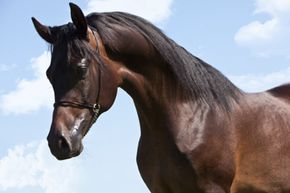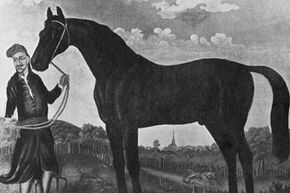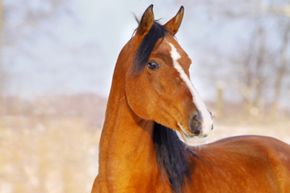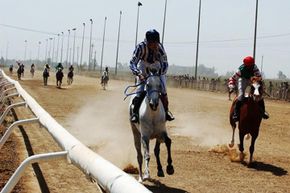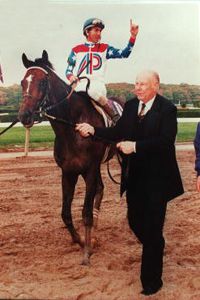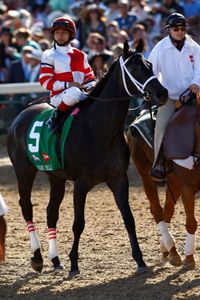There's at least one unusual fact about Thoroughbred horses: Every Thoroughbred horse in the Northern Hemisphere has the same birthday. No matter what month a Thoroughbred is born, its birthday falls on January 1. (The universal birthday is August 1 in the Southern Hemisphere.) This makes it easier to keep track of Thoroughbred horses' bloodlines; the rule was created by the organizations dedicated to regulating the Thoroughbred breed. It also makes it easier for racing purposes. Thoroughbred races aren't open to colts (male horses under age 5) and fillies (females under age 5) until age 2, and some races, like the famed Kentucky Derby, are only open to 3-year-olds.
But this presents some problems. This means that a foal -- a newborn or nursing horse -- born on December 31 will turn one the following day [source: Snellow]. A 1-day-old 1-year-old won't have as much training and maturity and therefore won't compete as well against older horses that are considered the same age. As a result, horse buyers tend to shy away from horses born late in the year, which in turn means that horse breeders do everything they can to ensure their foals are born in the first half of the year. This has led to interventions like drugs and the use of artificial light to keep the reins tight over Thoroughbred reproduction.
Advertisement
This is pretty typical of the relationship with humans and Thoroughbred horses. Officials make a rule and the breed is adjusted to get the most benefit from it. It's nothing new; humans have had a hand in the reproduction of the Thoroughbred breed since its beginning, creating it through selective breeding in England just 300 years ago. In just three short centuries, the Thoroughbreds have become one of the most celebrated breeds of any animal, and the sport of modern horse racing has evolved symbiotically with it.
This has been both beneficial and costly for the Thoroughbred breed. While these horses love to race, are literally born for it, the centuries of selective breeding for faster, lighter horses has often led to tragedy on the race track. In this article we'll look at this storied and beautiful breed and how humans have shaped it, racing Thoroughbreds and the controversy around how the breed has been handled in recent years.
